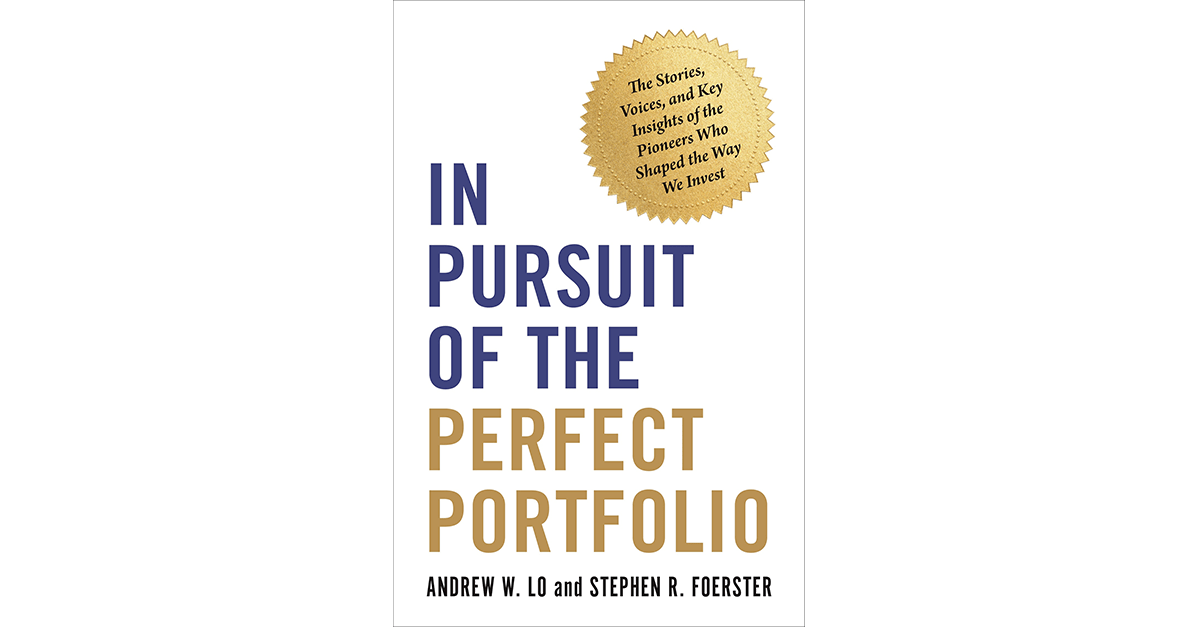Key Points:
- This book explores the insights and contributions of 10 influential figures in finance, including Harry Markowitz, William Sharpe, and Eugene Fama.
- Warren Buffett and Charlie Munger are notably absent from the book, perhaps due to their extensive coverage in other publications.
- The opening chapter provides a helpful graphic showing the connections between these finance superstars.
- The chapters on William Sharpe and John Bogle, as well as the final chapter on constructing the perfect portfolio, are particularly compelling.
- The authors emphasize that there is no such thing as a truly perfect portfolio, but offer seven principles for constructing one that aligns with individual preferences and goals.
- The book includes a table categorizing investors based on risk tolerance, income, spending habits, and the economic environment.
- This book is recommended for both novice and experienced investors.
In Pursuit of the Perfect Portfolio: The Stories, Voices, and Key Insights of the Pioneers Who Shaped the Way We Invest. 2021. Andrew W. Lo and Stephen R. Foerster. Princeton University Press.
In Pursuit of the Perfect Portfolio: The Stories, Voices, and Key Insights of the Pioneers Who Shaped the Way We Invest is a book that delves into the wisdom and contributions of 10 prominent figures in finance. Each pioneer is given a dedicated chapter, showcasing their primary contribution to the field of investing.
The book starts by providing a graphic that visually represents the connections among these finance luminaries, highlighting their relationships, collaborations, and shared achievements. The opening chapter, “A Brief History of Investments,” offers a comprehensive overview of the evolution of investing and the science of investing in the twentieth century.
Among the notable personalities featured in the book are Harry Markowitz, known for his groundbreaking work on portfolio selection, William Sharpe, who introduced the capital asset pricing model (CAPM), Eugene Fama, a proponent of efficient markets, and John Bogle, the founder of index investing. The book also explores the contributions of Myron Scholes and Robert C. Merton to option pricing, Martin Leibowitz and the bond market, Robert Shiller and market irrationality, Charles Ellis and mutual index funds, and Jeremy Siegel and the long-run stability of real stock returns.
Interestingly, two prominent figures in the investment industry, Warren Buffett and Charlie Munger, are notably absent from the book. The authors explain that this omission is due to the extensive coverage and research already available about these value-investing legends. However, it is worth mentioning that Buffett’s investment strategy of low-cost index fund investing is briefly acknowledged in the book, showcasing the impressive returns it has generated over the years.
The final chapters of the book are particularly compelling. The chapter on William Sharpe highlights his significant contribution to the field with the development of the CAPM, which revolutionized portfolio management. The chapter on John Bogle delves into the origins of index funds and their role in creating a passive investing approach that has proven successful for many investors.
The book concludes with the chapter titled “So, What Is the Perfect Portfolio?” The authors emphasize that there is no one-size-fits-all perfect portfolio, but they offer a checklist of seven principles for constructing a portfolio that aligns with individual preferences and goals. These principles include evaluating one’s financial planning expertise, defining comfort zones for gains and losses, and avoiding common investment mistakes.
Additionally, the book provides a helpful table that categorizes investors based on their risk tolerance, income, spending habits, and the economic environment. This categorization serves as a guide for investors to determine the most suitable investment approach based on their individual circumstances.
Overall, “In Pursuit of the Perfect Portfolio” is a highly recommended book for both novice and experienced investors. It provides valuable insights into the minds of finance pioneers and offers practical advice for constructing investment portfolios that align with individual preferences and goals.
1. The concept of index funds or passive investing was first introduced by Paul Samuelson in a paper published in 1974.
If you liked this post, don’t forget to subscribe to the Enterprising Investor.
All posts are the opinion of the author. As such, they should not be construed as investment advice, nor do the opinions expressed necessarily reflect the views of CFA Institute or the author’s employer.
Professional Learning for CFA Institute Members
CFA Institute members are empowered to self-determine and self-report professional learning (PL) credits earned, including content on Enterprising Investor. Members can record credits easily using their online PL tracker.







